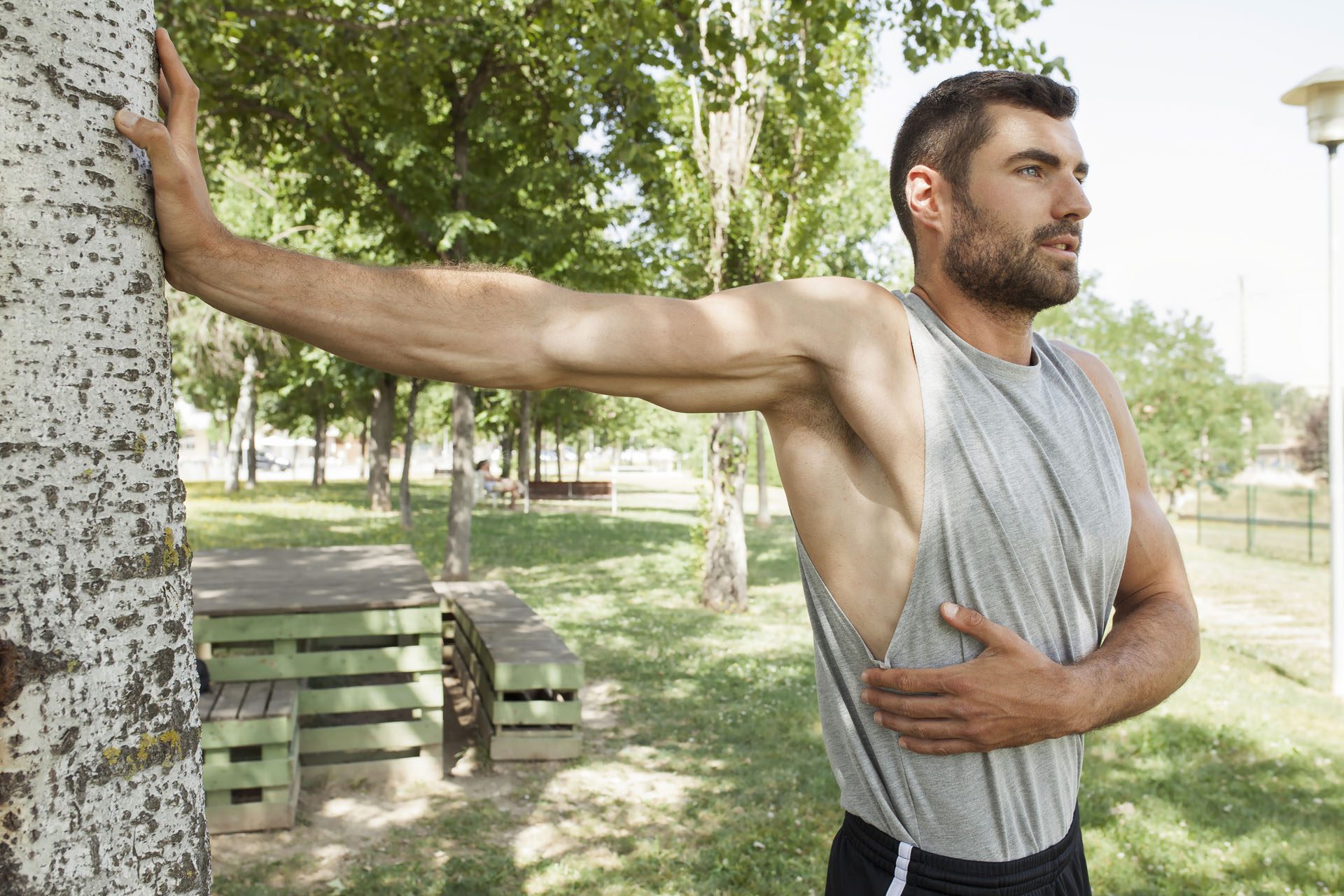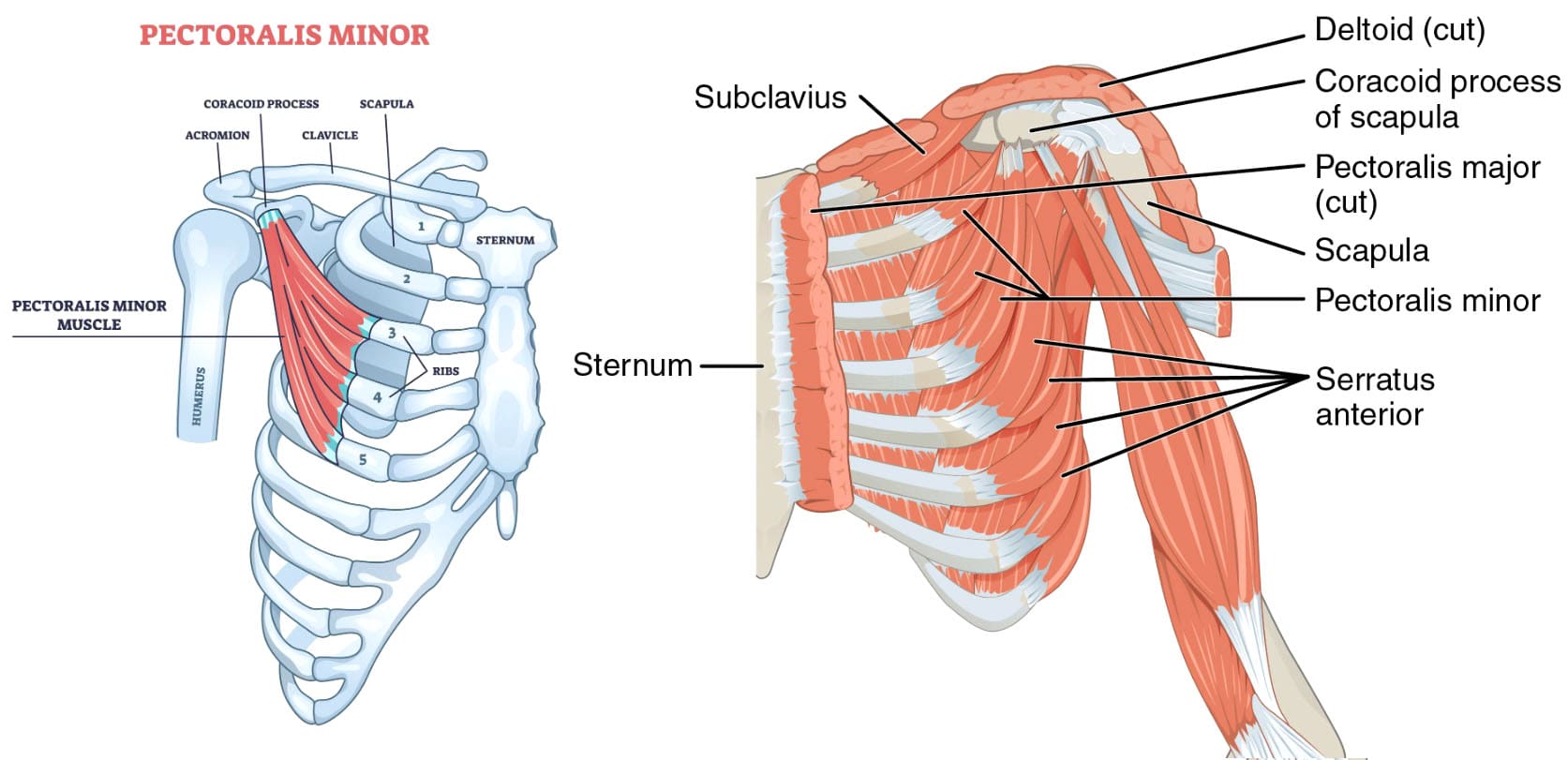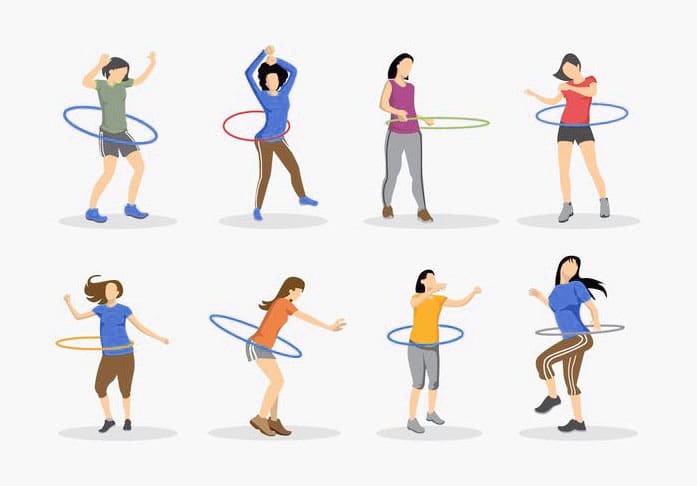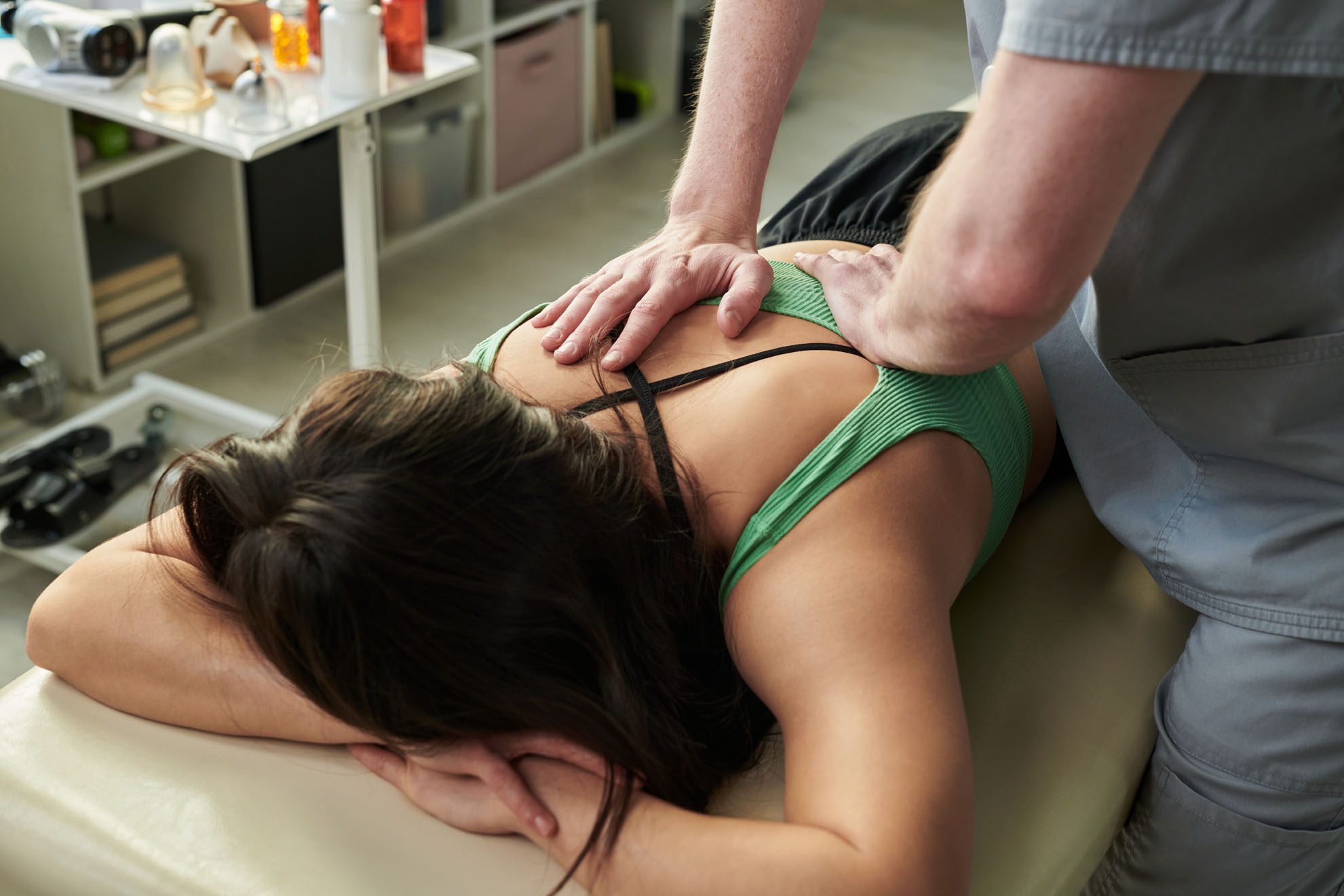An Overview of Developmental Disorders & Learning Disabilities in Children
Learn about the various types of developmental disorders & learning disabilities and their implications for education and growth.
Introduction
Developmental disorders encompass a broad spectrum of conditions that impact cognitive, motor, and social functioning. As a nurse practitioner with two decades of experience in physical medicine and developmental assessments, I understand the importance of early identification and evidence-based interventions for individuals facing these challenges. This article delves into the nature of developmental disorders, including their diagnosis, social implications, and the holistic approaches that can optimize patient outcomes.
Person-First vs. Identity-First Language in Developmental Disorders
Healthcare professionals must be aware of the significance of person-first and identity-first language when addressing developmental disorders. Person-first language prioritizes the individual over their condition (e.g., “a child with autism”), while identity-first language places the condition at the forefront (e.g., “an autistic child”). The use of respectful terminology is essential in reducing social stigma and fostering an inclusive environment for individuals with developmental disabilities.
Challenges in Diagnosis and Labeling
Developmental disorders often manifest in childhood, and the diagnostic process requires careful consideration. Misdiagnosis can have long-term consequences, influencing an individual’s self-perception and social interactions. A label such as ADHD or dyslexia, when inaccurately applied, may shape expectations and behaviors in ways that hinder rather than support development. Therefore, comprehensive assessments utilizing standardized testing, behavioral observations, and input from parents and educators are critical to ensuring accurate diagnoses.
Autism Spectrum Disorder (ASD)
Autism spectrum disorder (ASD) is a neurodevelopmental condition characterized by challenges in communication, social interaction, and repetitive behaviors. The prevalence of ASD has increased, with current estimates suggesting that 1 in 36 children in the U.S. is diagnosed with autism.
Etiology and Neurobiological Factors
Research suggests that ASD arises from a combination of genetic, epigenetic, and environmental influences. Neurobiological studies indicate that ASD is associated with atypical functional connectivity in the brain, neurotransmitter imbalances, and immune system dysfunction leading to neuroinflammation. (Rajabi et al., 2024)
Holistic Approaches to Autism Management
A multimodal approach to ASD treatment includes:
- Behavioral Therapies: Applied Behavior Analysis (ABA) and speech therapy help enhance communication and social skills.
- Dietary Interventions: Anti-inflammatory diets and probiotics have been shown to support gut health, which may alleviate some ASD-related symptoms. (Shahane et al., 2024)
- Physical Activity: Targeted motor training programs improve coordination and cognitive function in autistic individuals. (Shahane et al., 2024)
Learning Disabilities
Learning disabilities (LDs) encompass disorders that impede academic performance, particularly in reading, writing, and mathematics. Unlike intellectual disabilities, LDs do not necessarily affect overall intelligence but create specific challenges in information processing.
Dyslexia
Dyslexia is a language-based learning disability that affects reading fluency and comprehension. Research indicates that dyslexia is linked to structural and functional differences in brain regions responsible for phonological processing. (Snowling et al., 2020)
Dysgraphia
Dysgraphia impairs writing abilities, leading to difficulties with spelling, handwriting, and composition. It is categorized into:
- Phonological dysgraphia: Difficulty in sounding out and spelling words phonetically.
- Orthographic dysgraphia: Difficulty in recognizing and spelling irregularly spelled words.
Dyscalculia
Dyscalculia affects mathematical reasoning, numerical processing, and memory retention of mathematical facts. Neuroimaging studies suggest that individuals with dyscalculia exhibit reduced activation in the parietal lobes, which are critical for mathematical cognition. (Dowker, 2024)
Optimizing Your Wellness-Video
Attention-Deficit/Hyperactivity Disorder (ADHD)
ADHD is a neurodevelopmental disorder marked by persistent inattention, hyperactivity, and impulsivity. Structural imaging studies indicate that individuals with ADHD exhibit reduced volume in the prefrontal cortex, a region responsible for executive function and self-regulation. (ADHD & The Brain, 2017)
Symptoms of ADHD
- Inattention: Difficulty sustaining focus, disorganization, forgetfulness.
- Hyperactivity: Excessive movement, restlessness, impulsivity.
Etiology of ADHD
ADHD has a strong genetic component, with studies identifying dopamine regulation as a key factor. Prenatal exposure to nicotine and other environmental toxins has also been linked to increased ADHD risk. (Linnet et al., 2003)
ADHD Treatment Options
- Pharmacological Therapy: Stimulant medications such as methylphenidate enhance dopamine activity, improving focus and impulse control.
- Behavioral Therapy: Cognitive Behavioral Therapy (CBT) helps individuals develop coping strategies and executive functioning skills.
- Lifestyle Modifications: Physical activity and mindfulness training can improve cognitive and behavioral outcomes. (Ziereis & Jansen, 2015)
Conclusion
Developmental disorders present complex challenges that require a multidisciplinary approach for accurate diagnosis and effective management. Healthcare professionals must employ evidence-based practices to support individuals with ASD, ADHD, and learning disabilities while considering holistic and non-pharmacological interventions to optimize patient outcomes. By leveraging early intervention, personalized treatment plans, and collaborative care models, we can enhance the quality of life for individuals with developmental disorders.
Injury Medical & Functional Medicine Clinic
We associate with certified medical providers who understand the importance of the various effects of developmental disorders and learning disabilities affecting the body. While asking important questions to our associated medical providers, we advise patients to implement small changes to their daily routine to reduce the symptoms affecting their bodies. Dr. Alex Jimenez, D.C., envisions this information as an academic service. Disclaimer.
References
ADHD & The Brain. (2017). American Academy of Child & Adolescent Psychiatry. https://www.aacap.org/AACAP/Families_and_Youth/Facts_for_Families/FFF-Guide/ADHD_and_the_Brain-121.aspx
Dowker, A. (2024). Developmental Dyscalculia in Relation to Individual Differences in Mathematical Abilities. Children (Basel), 11(6). https://doi.org/10.3390/children11060623
Linnet, K. M., Dalsgaard, S., Obel, C., Wisborg, K., Henriksen, T. B., Rodriguez, A., Kotimaa, A., Moilanen, I., Thomsen, P. H., Olsen, J., & Jarvelin, M. R. (2003). Maternal lifestyle factors in pregnancy risk of attention deficit hyperactivity disorder and associated behaviors: review of the current evidence. Am J Psychiatry, 160(6), 1028-1040. https://doi.org/10.1176/appi.ajp.160.6.1028
Rajabi, P., Noori, A. S., & Sargolzaei, J. (2024). Autism spectrum disorder and various mechanisms behind it. Pharmacol Biochem Behav, 245, 173887. https://doi.org/10.1016/j.pbb.2024.173887
Shahane, V., Kilyk, A., & Srinivasan, S. M. (2024). Effects of physical activity and exercise-based interventions in young adults with autism spectrum disorder: A systematic review. Autism, 28(2), 276-300. https://doi.org/10.1177/13623613231169058
Sivamaruthi, B. S., Suganthy, N., Kesika, P., & Chaiyasut, C. (2020). The Role of Microbiome, Dietary Supplements, and Probiotics in Autism Spectrum Disorder. Int J Environ Res Public Health, 17(8). https://doi.org/10.3390/ijerph17082647
Snowling, M. J., Hulme, C., & Nation, K. (2020). Defining and understanding dyslexia: past, present and future. Oxf Rev Educ, 46(4), 501-513. https://doi.org/10.1080/03054985.2020.1765756
Ziereis, S., & Jansen, P. (2015). Effects of physical activity on executive function and motor performance in children with ADHD. Res Dev Disabil, 38, 181-191. https://doi.org/10.1016/j.ridd.2014.12.005




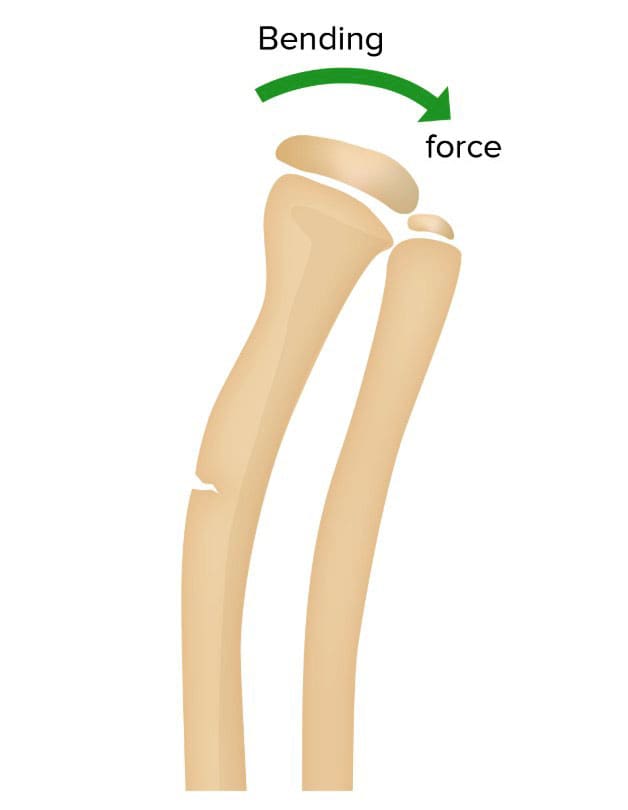 Causes
Causes